Optimal Timing for Erosion Repairs
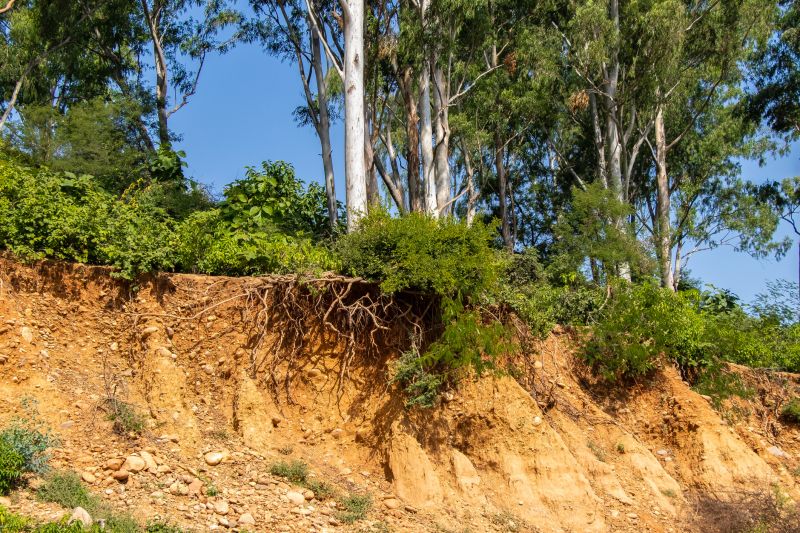
Spring offers optimal conditions for erosion repairs due to moderate weather and increased rainfall, which helps in settling repairs effectively.
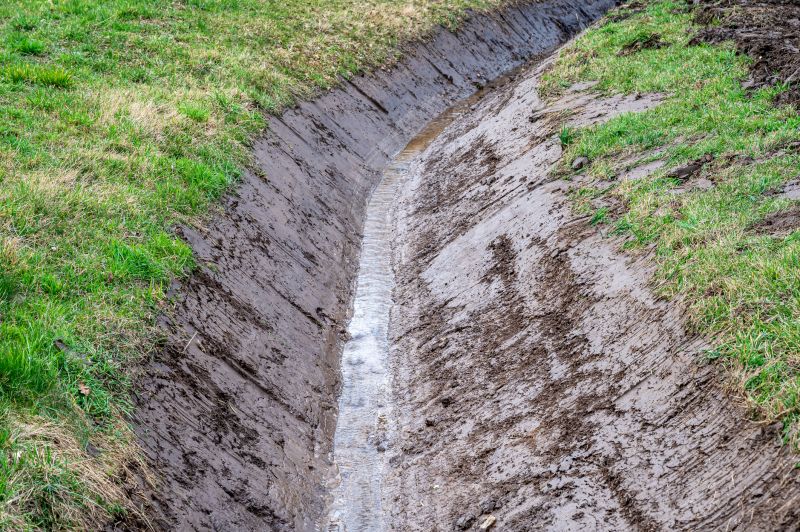
Summer can be suitable for erosion repairs in dry regions, but high temperatures and dry soil may pose challenges to repair effectiveness.

Fall and winter are generally less ideal due to colder temperatures, potential frost, and reduced soil activity, which can hinder repair work.
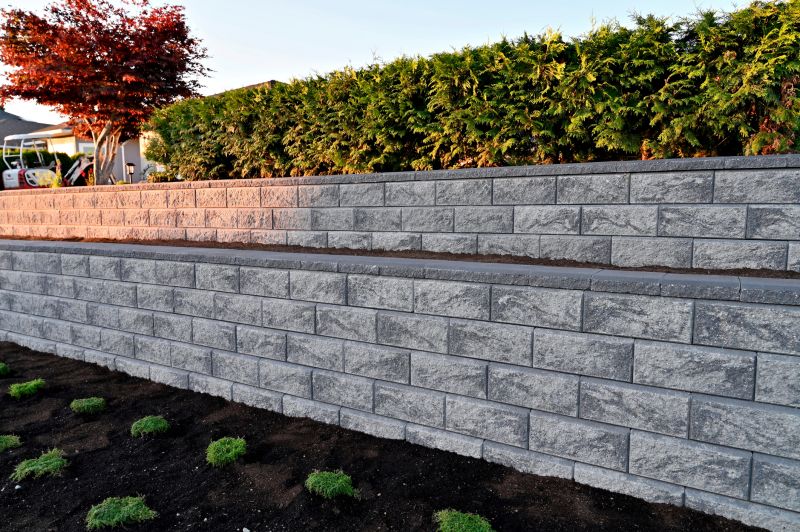
Ways to make Erosion Repairs work in tight or awkward layouts.

Popular materials for Erosion Repairs and why they hold up over time.
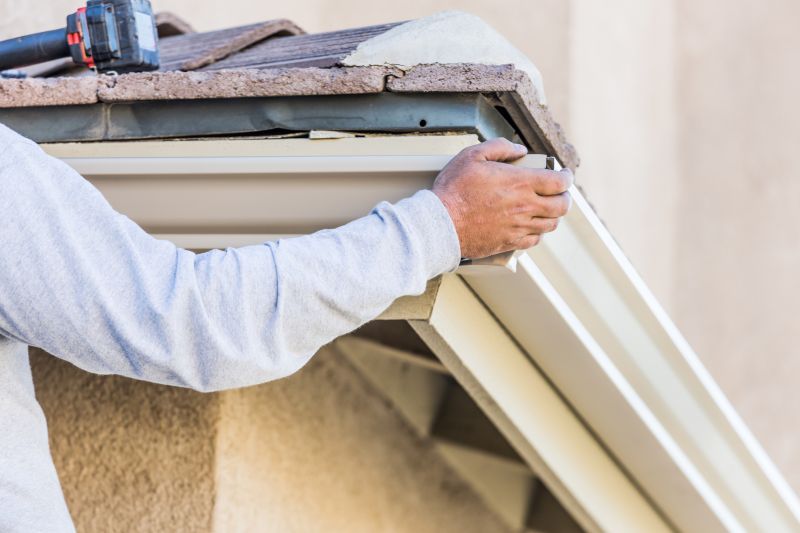
Simple add-ons that improve Erosion Repairs without blowing the budget.
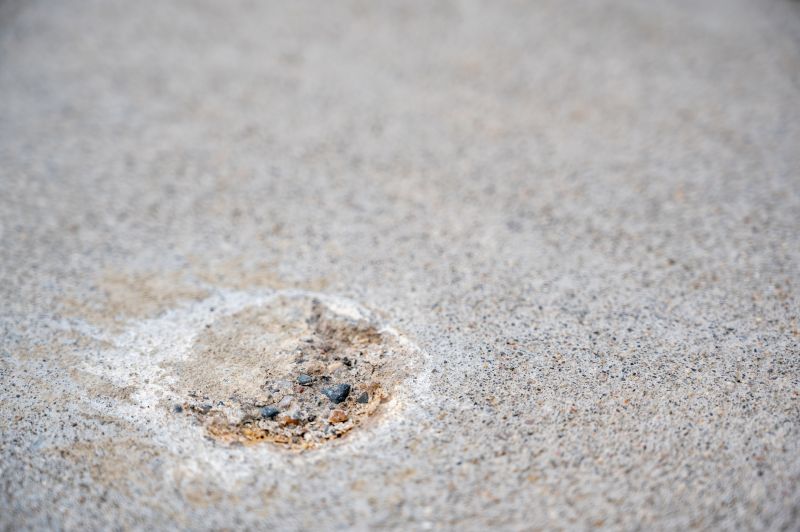
High-end options that actually feel worth it for Erosion Repairs.
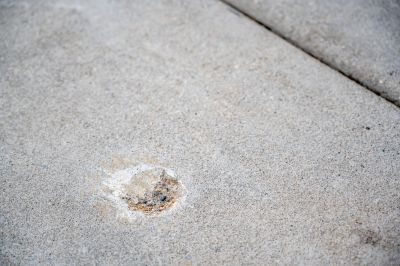
Finishes and colors that play nicely with Erosion Repairs.
Erosion repairs are critical for maintaining land stability and preventing property damage. The timing of these repairs influences their success, with weather conditions playing a significant role. Proper scheduling ensures that repairs are durable and effective, reducing the need for frequent maintenance.
Statistics indicate that performing erosion repairs during periods of moderate rainfall and stable temperatures results in higher success rates. Seasonal considerations, such as avoiding winter frost and summer drought, contribute to more efficient and lasting repairs.
Weather conditions directly affect the soil's stability and the effectiveness of repair methods.
Optimal soil moisture levels are essential for proper compaction and repair durability.
Soil expands and contracts with temperature changes, influencing repair longevity.
Proper planning around weather forecasts enhances repair success.
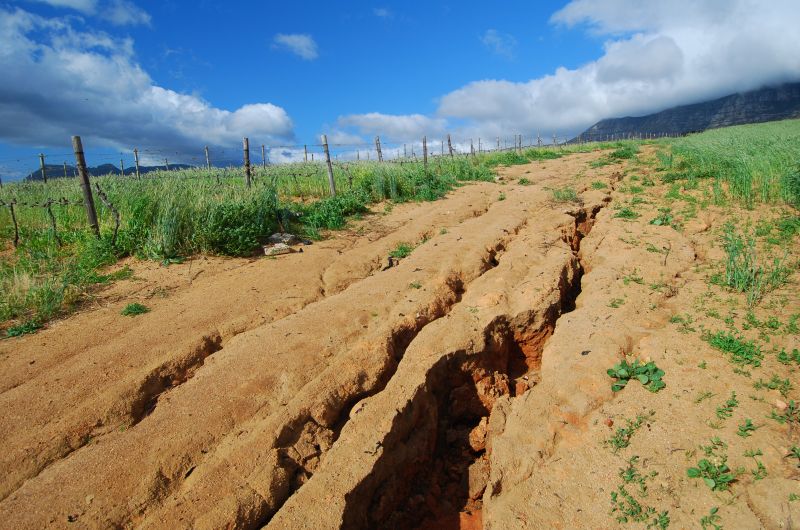
Spring's moderate weather supports effective soil stabilization efforts.

High temperatures and dry soil can complicate erosion repair work.

Fall offers cooler temperatures but requires attention to seasonal soil conditions.

Cold weather and frost limit the feasibility of erosion repairs during winter.
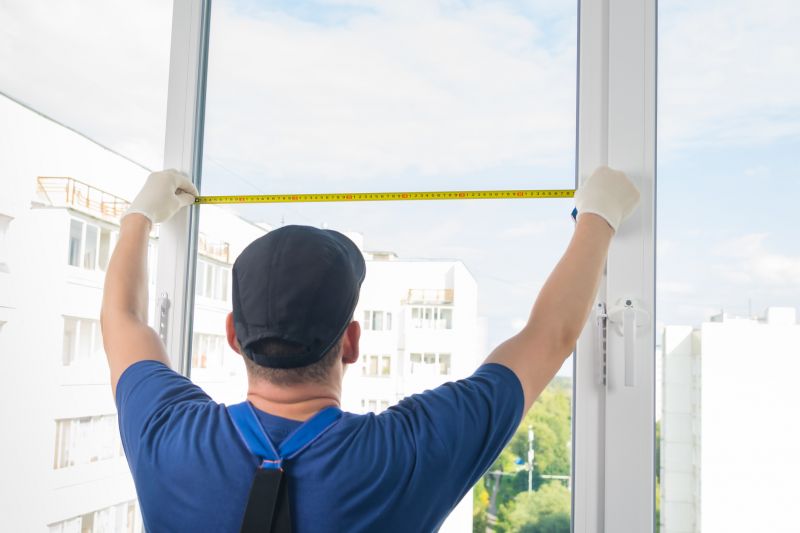
Little measurements that prevent headaches on Erosion Repairs day.
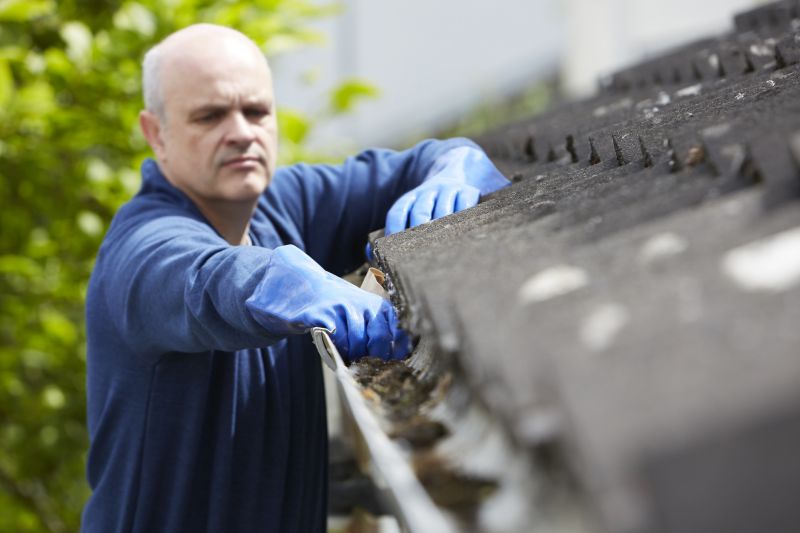
A 60-second routine that keeps Erosion Repairs looking new.
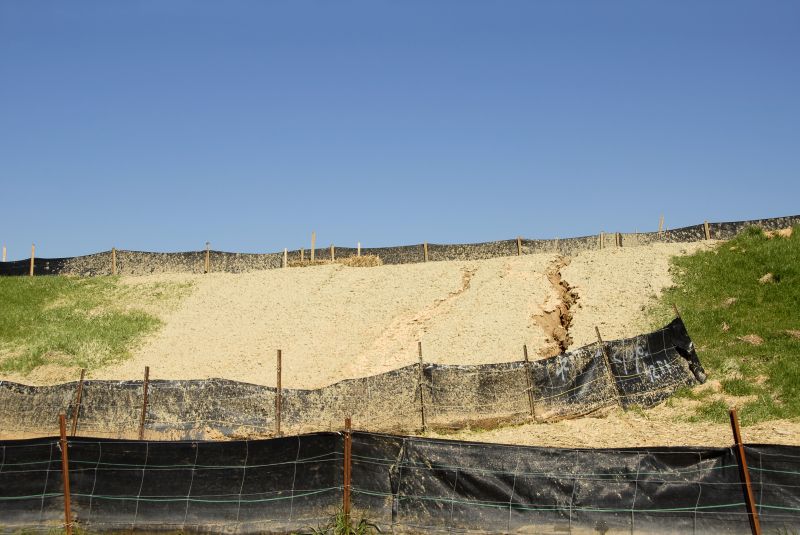
A frequent mistake in Erosion Repairs and how to dodge it.

Small tweaks to make Erosion Repairs safer and easier to use.
| Season | Ideal Conditions |
|---|---|
| Spring | Moderate temperatures, increased rainfall, soil is workable |
| Summer | Dry conditions, high temperatures, potential drought stress |
| Fall | Cooler temperatures, some rainfall, soil still workable |
| Winter | Frost, frozen soil, limited repair options |
Understanding seasonal soil behavior and weather patterns can help determine the most suitable time for erosion repairs. Proper timing ensures that repairs are more effective and longer-lasting, ultimately protecting land and property from ongoing erosion issues.
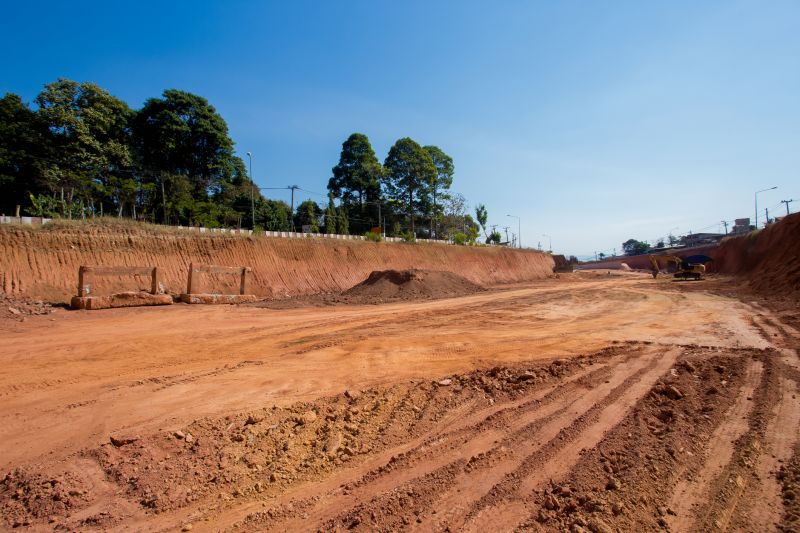
A stabilized slope after erosion repair work, showing effective soil reinforcement.
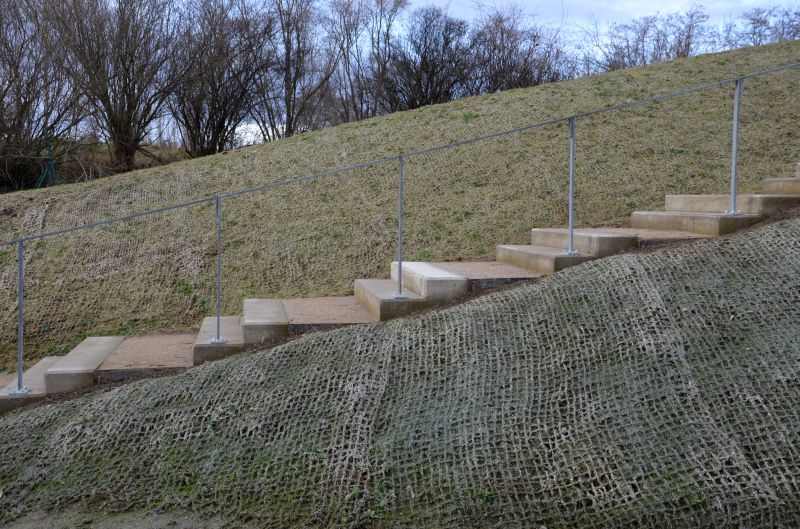
Use of geotextiles and planting to prevent future erosion.

Tools and machinery used for effective erosion repair work.
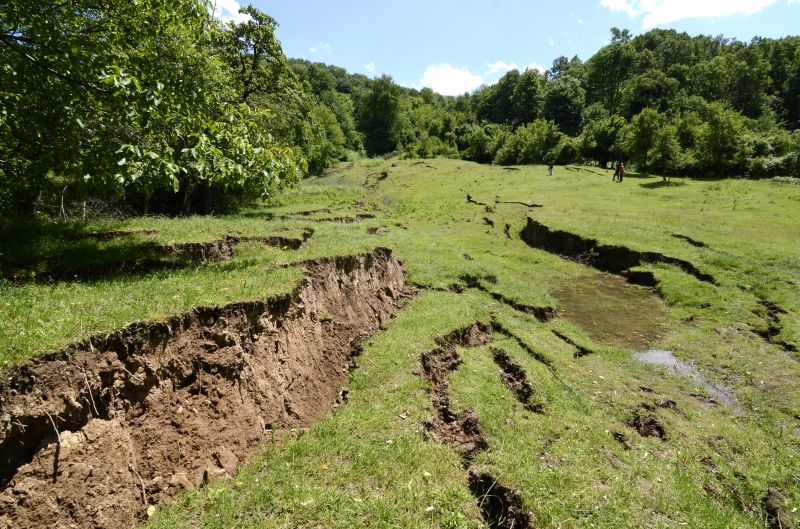
Lower-waste or water-saving choices for Erosion Repairs.
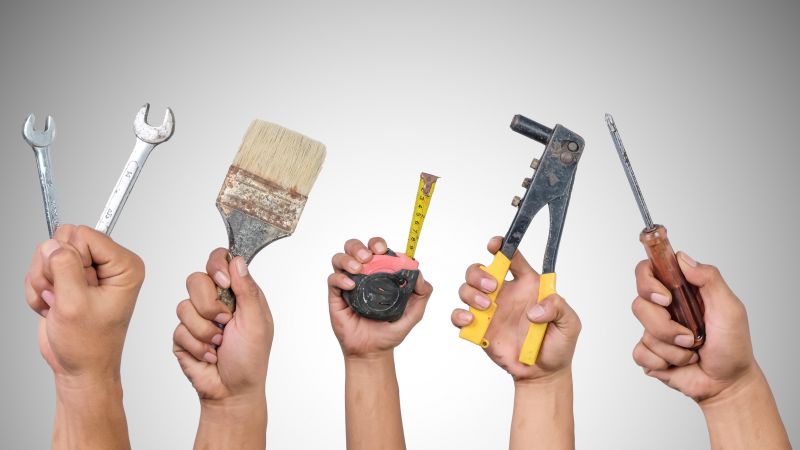
The short, realistic tool list for quality Erosion Repairs.

Rough timing from prep to clean-up for Erosion Repairs.
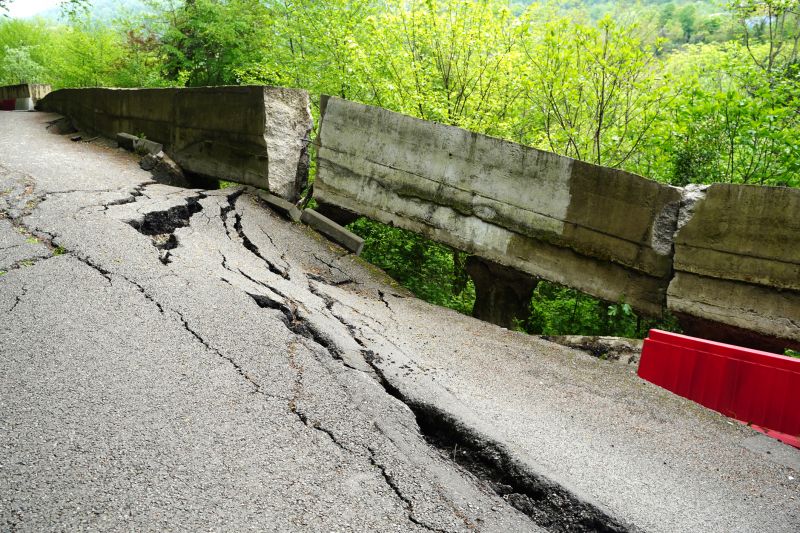
Quick checks and paperwork to keep after Erosion Repairs.

Examples that show the impact a good Erosion Repairs can make.
Interested in erosion repairs? Filling out the contact form can provide more information on scheduling and methods suitable for specific land conditions.
